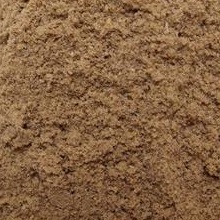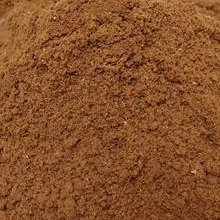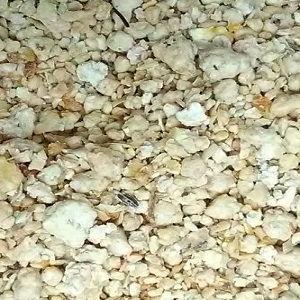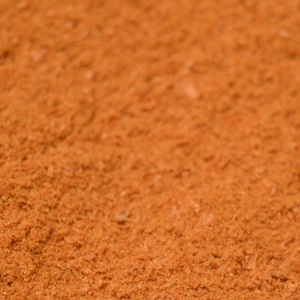Description
Krill meal is a specialty feed ingredient, which has been produced by the industry for more than 15 years from whole round krill, yet it is still in the growth phase of the product life cycle curve. (Dimitri Sclabos, www.Aquafeed.com June 2003.) Although there are more than 80 different krill species around the globe, resource abundance and high value dried krill meals have been mainly produced from South Antarctic Krill [Euphausia superba, Dana].
South Antarctic Krill has unique nutritional and quality attributes, which makes it the feed ingredient of the future. No matter that it has been in the market for some time already, only in the past few years a serious effort has been made to position this product within the high value aquaculture feeds market niche. This trend is possible due to feed formulators acceptance of krill meal’s uniqueness through its good protein content, its strong palatability effect, natural beta-carotene content [in the form of astaxanthine], its excellent lipids & minerals profile and its chitin & chitosan constituent.
Nevertheless, it is krill meals’ negligible amount of dioxins, PCB’s and heavy metals, the main feature that makes it an irreplaceable feed ingredient.
Krill meal is an excellent nutritional source of protein in an average of 60% [58-65% dry basis] of the highest biological value. Krill meal’s typical average amino acid profile is as follows; Alanine 5.8% [percent of protein] – Arginine 6.7% – Aspartic Acid 9.5% – Cisteine 1.2% – Glutamic Acid 12.6% – Glycine 4.8% – Histidine 2.5% – Isoleucine 5.0% – Leucine 7.8% – Lysine 8.2% – Methionine 4.0% – Phenylalanine 5.2% – Proline 4.0% – Serine 4.5% – Threonine 4.7% – Tyrosine 4.5% – Valine 5.3% – Taurine 2.9%. (Tepual S.A. & Mr. Raul Toro, independent report 1994)
Regarding krill meal’s palatability attribute, it has low molecular weight soluble compounds such as nucleotides, amino acids in the form of proline and glycine, glucosamine, and high levels of trimethyl amine oxide, TMAO (190 MgN/100 g sample). All these compounds act together as an effective attractant and flavoring agent. (Allahpichay and Shimizu 1984; Storbakken, 1988; Shimizu, et al., 1990; Ogle and Beaugz, 1991). Krill meal has been successfully used in low palatability aqua-diets such as feeds containing vegetable proteins and/or antibiotics. Additionally, krill meal high TMAO content has an extra osmoregulatory contribution, useful to reduce salmon’s physiological stress when they are transferred from fresh to seawater. (Finne, G., 1992)
.







